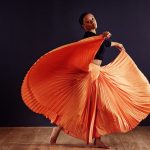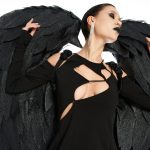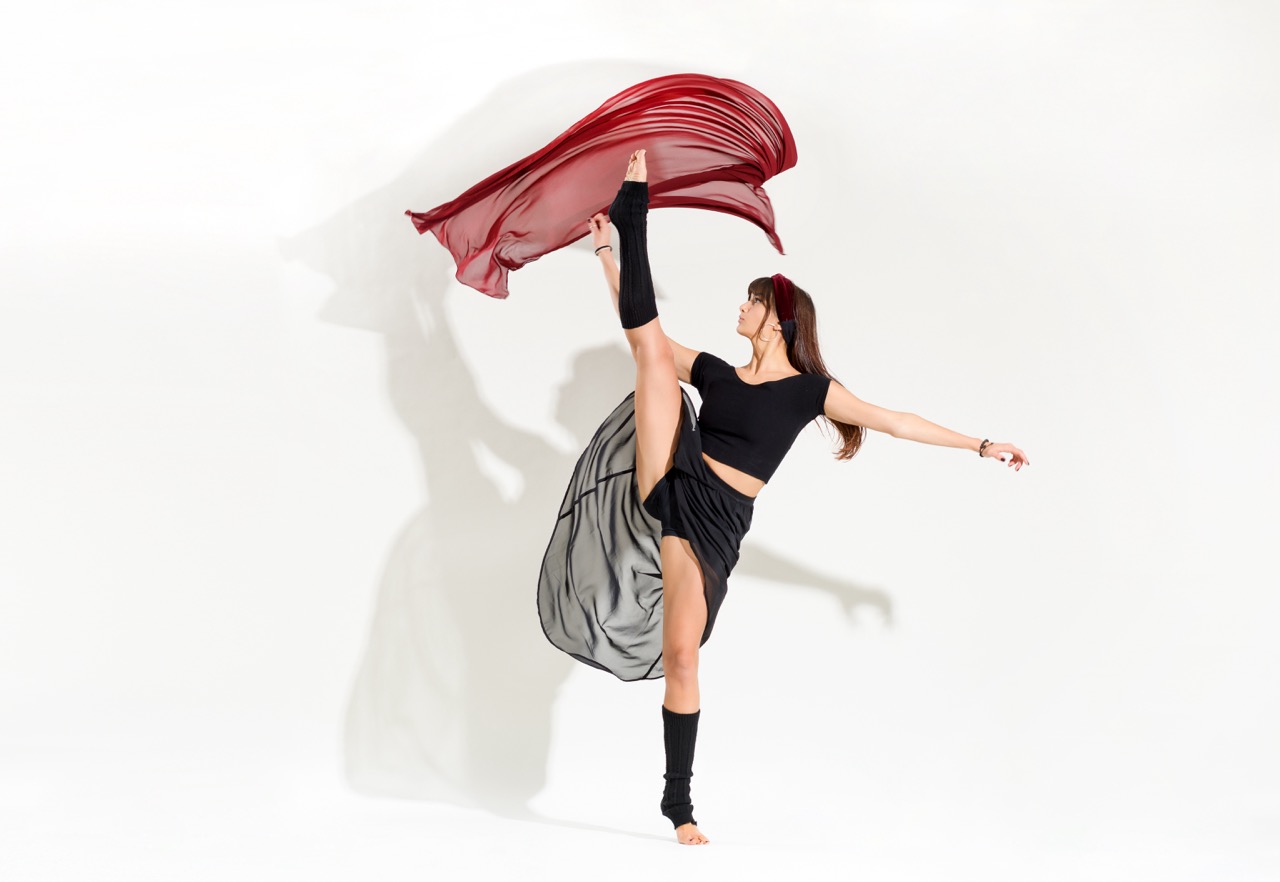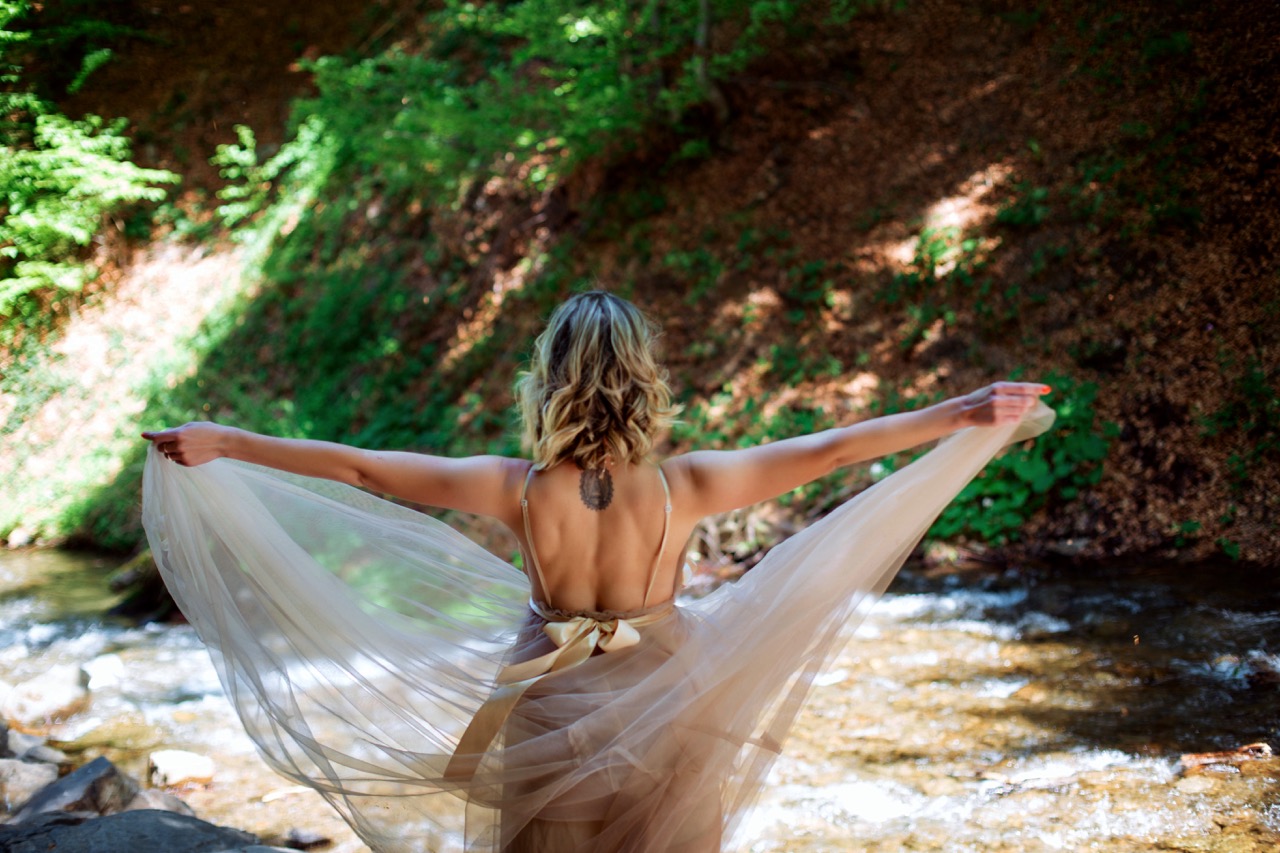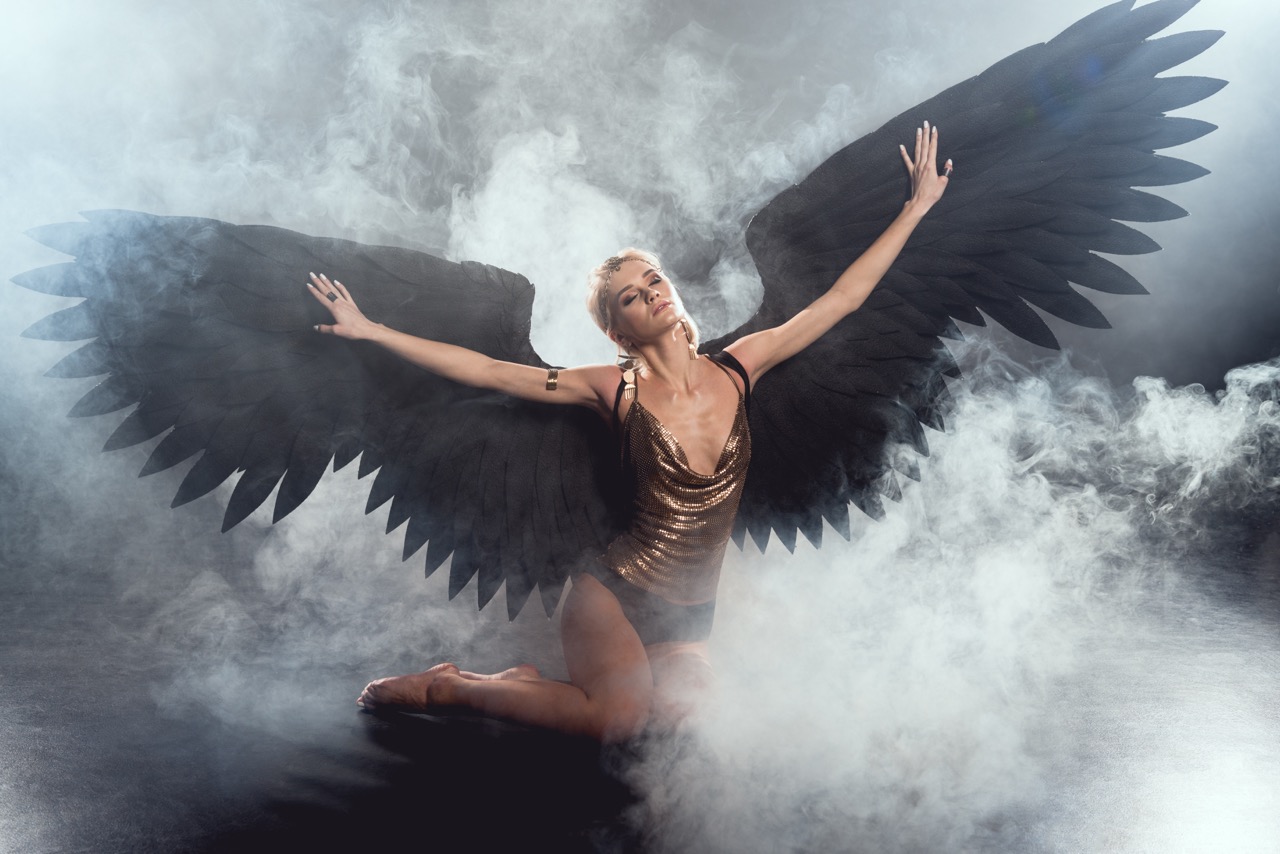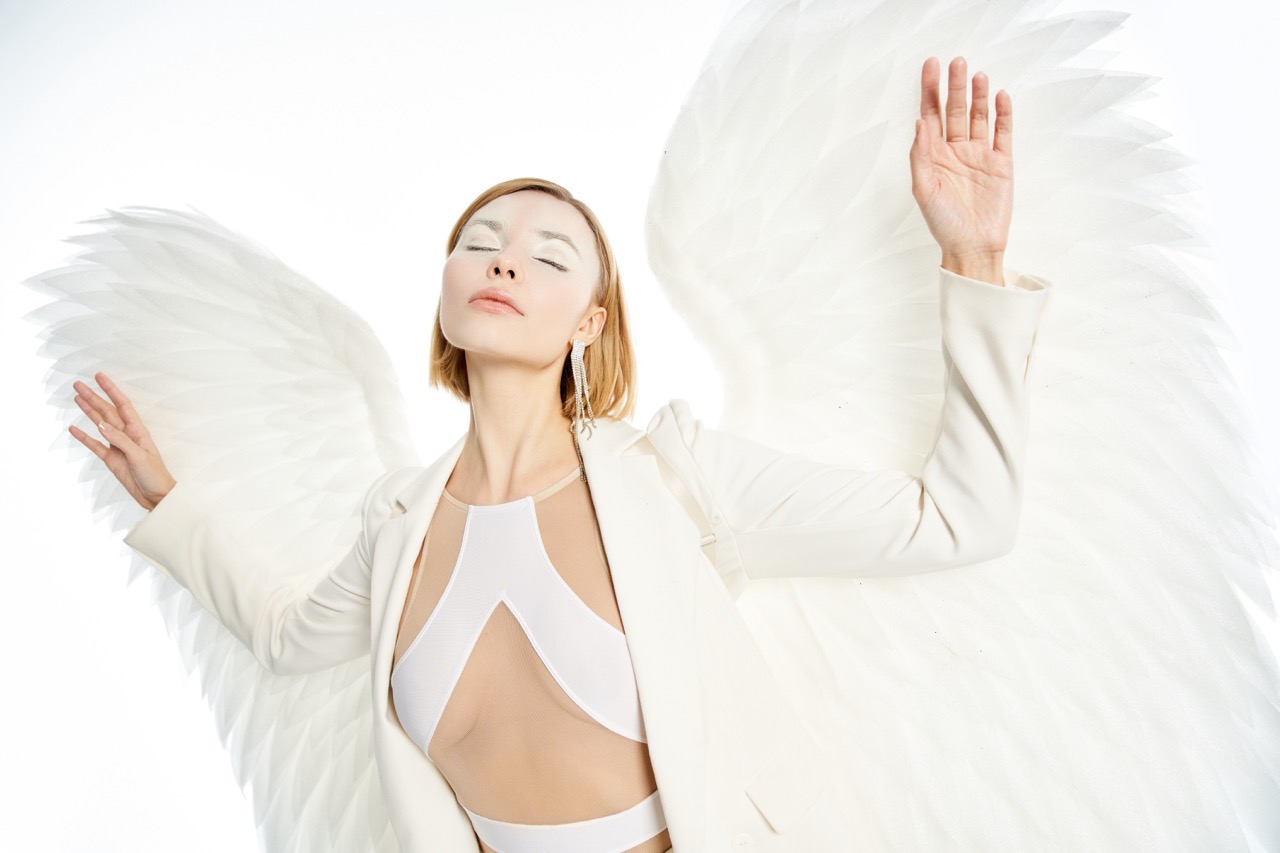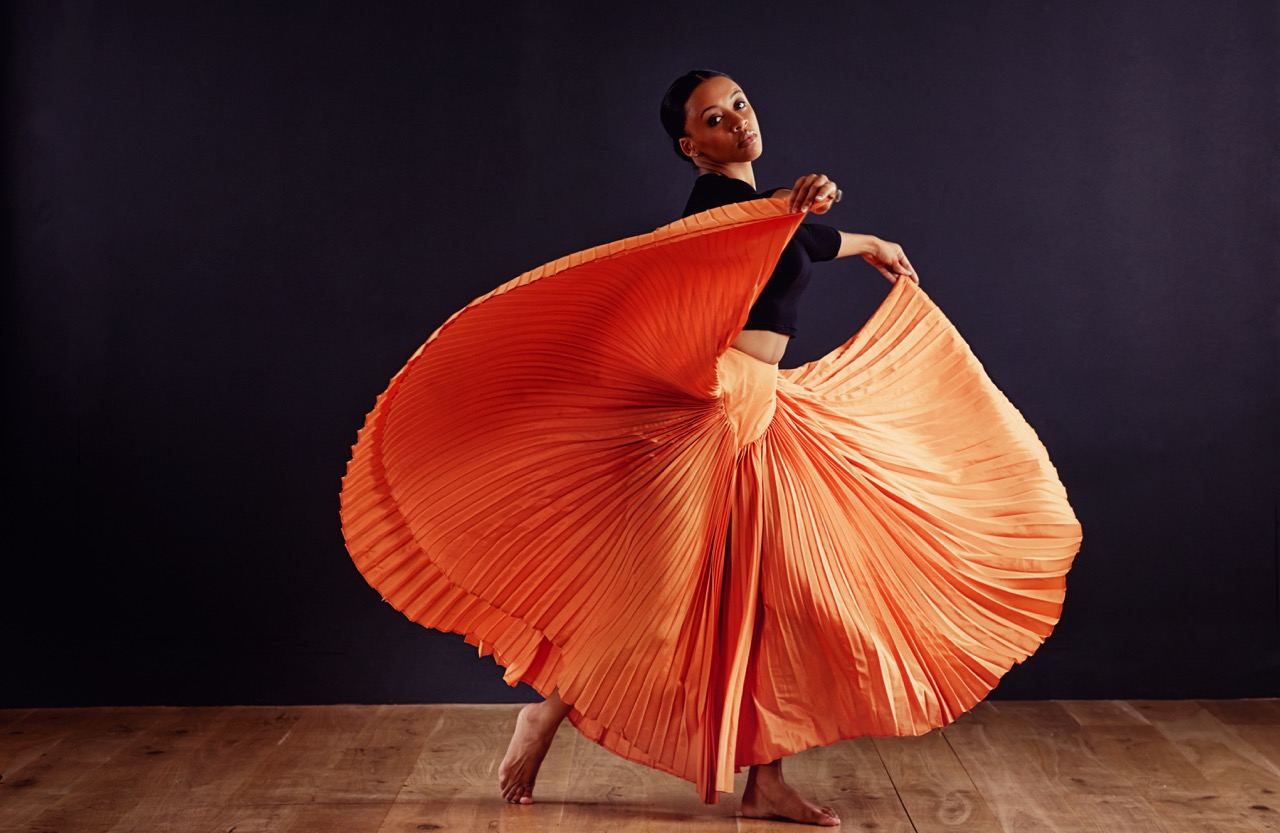In the world of dance, every gesture and movement tells a story, weaving a narrative that transcends words. The use of wings in dance performance adds an extraordinary layer to this storytelling, creating a visual spectacle that captivates audiences. Wings, whether they are crafted from fabric, feathers, or other materials, serve as a transformative element, enhancing the dancer’s movements and lines. This article explores the various ways in which wings elevate the art of dance, amplifying grace, expression, and form.
Elevating Elegance: The Art of Wings in Dance Performance
Wings in dance performance are not merely decorative accessories; they are integral components that elevate performances to new heights of elegance. The sheer presence of wings transforms a dancer into a mythical figure, commanding attention with their ethereal appearance. As dancers move, the wings unfurl and flutter, creating a mesmerizing visual that captivates the audience’s gaze. This striking imagery can evoke feelings of transcendence, allowing viewers to experience the dance on an emotional and spiritual level.
Furthermore, wings provide a unique opportunity for choreographers to explore the interplay between movement and form. The curvature and texture of the wings can complement or contrast with the dancer’s body, creating dynamic shapes and lines that enhance the choreography. As dancers twist and turn, the wings can follow in a harmonious or deliberate manner, drawing the eye and emphasizing the fluidity of motion. This synergy between dancer and wings cultivates a sense of grace that resonates deeply with audiences.
Moreover, the act of wearing wings encourages dancers to explore their own physicality in new ways. The sense of weight and texture that wings introduce can influence how a dancer approaches their movements. Embracing the wings can inspire a more honed focus on balance, strength, and fluidity, leading to an evolution of their technique. As such, wings become an extension of the dancer’s body, allowing them to embody the elegance of their art form while pushing the boundaries of their performance.
Enhancing Fluidity: How Wings Amplify Movement Grace
Fluidity is the heartbeat of dance, and wings serve as a powerful amplifier of this essential quality. When a dancer moves, the wings catch the air, creating an illusion of extended motion that can enhance the beauty of each step. The interaction between the wings and the surrounding environment introduces an element of choreography that is both spontaneous and intentional. Every flicker and flutter of the wings is a reflection of the dancer’s intent, adding layers of complexity to their overall performance.
Incorporating wings into choreography encourages dancers to engage in a more expansive approach to their movements. As they navigate space, the wings create a visual echo, allowing for a seamless transition between steps. This sense of continuity enriches the dance, transforming discrete movements into a flowing narrative. The wings become part of the dancer’s rhythm, harmonizing with their breath and pulse, which ultimately elevates the emotional impact of the performance.
Additionally, the illusion of weightlessness that wings impart can inspire a dancer to explore new levels of freedom in their movement. The feeling of soaring through the air, combined with the delicate flutter of fabric or feathers, creates a sense of liberation that can manifest in more expressive and uninhibited dancing. This newfound freedom enhances the overall fluidity of the performance, allowing dancers to create a captivating visual tapestry that draws audiences into a world of grace and beauty.
Visual Poetry: Wings as a Canvas for Dance Expression
Dance is often described as a form of visual poetry, and wings serve as a captivating canvas for this expressive art. Each movement of the dancer, coupled with the dynamic motion of the wings, creates a visual narrative that speaks to the heart and soul of the performance. The colors, textures, and styles of wings can evoke various emotions, allowing choreographers to experiment with themes and moods that resonate with their audience. This artistic versatility enables dancers to explore the intersection of movement and visual artistry in profound ways.
The symbolism associated with wings can further enhance the thematic depth of a performance. They can represent freedom, transformation, or even the duality of human experience. By integrating wings into a dance, performers have the opportunity to delve deeper into their expressive capabilities, using the wings as metaphors that enrich the narrative. The potential for storytelling is boundless, as the movement of the wings can mirror the emotional journey of the dancer, creating a powerful connection with the audience.
Moreover, wings can serve as a tool for highlighting contrasts within the performance. The juxtaposition of fluid movements with the rigid structures of the wings can create a tension that is both visually and emotionally engaging. This interplay allows dancers to explore the complexities of their craft while drawing attention to the intricate details of their form and expression. In this way, wings become a vital instrument for conveying the nuances of human experience, enhancing the poetry of dance.
Captivating Lines: The Impact of Wings on Dancer’s Form
The visual impact of wings on a dancer’s form is nothing short of captivating. When wings are incorporated into a performance, they add a verticality that elongates the dancer’s silhouette, enhancing their lines and creating a stunning visual composition. This amplification of form can transform even the simplest of movements into an extraordinary display of artistry. As dancers lift their arms and extend their bodies, the wings create a sense of symmetry and balance, contributing to a more aesthetically pleasing presentation.
Moreover, wings can serve as a powerful tool for emphasizing the dynamics of movement. The way in which wings catch the light and interact with the dancer’s body can accentuate specific lines and angles, drawing attention to the artistry of their form. When executed skillfully, the interplay between the dancer and their wings can create a mesmerizing visual dialogue that captivates the audience’s attention. Each extension and contraction of the wings can highlight the strength and grace of the dancer, reaffirming the inherent beauty of the human body in motion.
Finally, the integration of wings into dance allows for a deeper exploration of the dancer’s physicality. As they navigate the complexities of their performance, the presence of wings can challenge dancers to refine their technique and develop a heightened awareness of their body lines. This self-awareness fosters a sense of confidence that resonates with audiences, ultimately enhancing the overall impact of the performance. Wings become more than just an accessory—they are a vital aspect of the dance, shaping both the dancer’s form and the audience’s experience.
In conclusion, the incorporation of wings into dance performances creates an extraordinary symbiosis between elegance, fluidity, expression, and form. They serve as a powerful tool for enhancing the visual and emotional depth of a performance, allowing dancers to transcend the limitations of their bodies and connect with audiences on a profound level. As wings unfurl and dance in harmony with movement, they transform storytelling into a captivating visual experience, making each performance a unique celebration of artistry and expression. Whether they symbolize freedom, grace, or transformation, wings are an essential element that enriches the tapestry of dance, leaving an indelible mark on all who witness their beauty.



